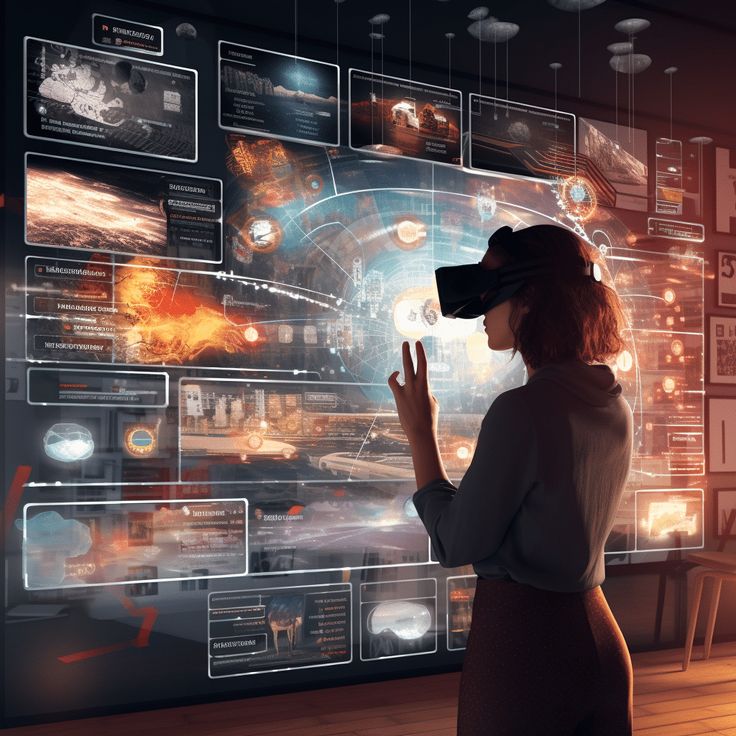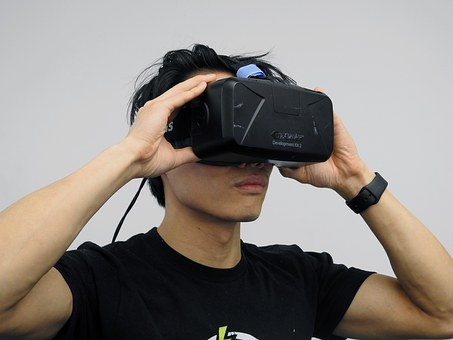
Augmented Reality (AR) has transformed numerous industries with its ability to overlay digital information onto the real world, and education is no exception. ARTutor is an example of how this cutting-edge technology is being leveraged to create immersive and interactive learning experiences that far surpass traditional educational methods.
ARTutor is a comprehensive augmented reality platform designed specifically for educational purposes. This innovative tool allows educators to bring textbooks, diagrams, and learning materials to life, giving students an engaging way to understand complex subjects and processes. But ARTutor’s application goes beyond just visual spectacle – it is a practical tool that can enhance comprehension, retention, and ultimately the educational outcome for students of all ages.
The platform works by allowing educators to create AR content that is tailored to their own course materials. Using the ARTutor app, students scan specially designed markers in their textbooks or worksheets with a smartphone or tablet. These markers trigger AR models, animations, and additional information that complement the static text and images on the page. For example, when studying human anatomy, a student might point their device at an image of the heart and see it beating in 3D right before their eyes – a powerful visual aid that could significantly improve understanding.
One of the most significant benefits of ARTutor is its versatility. It has potential applications across a wide range of subjects and age groups. From elementary school classrooms where it might be used to turn a storybook into an interactive experience to college engineering courses where intricate machinery can be examined in precise detail without stepping into a workshop – ARTutor has something to offer.
Moreover, ARTutor is not just limited to classroom use. It can also be utilized in professional training programs, vocational courses, and even corporate training modules. Its ability to provide hands-on experience through virtual simulations makes it an invaluable resource for skills-based learning and continuing education.
Education needs to keep pace with technological advancements if it’s going to prepare students for the sort of world they will enter upon graduation. In this context, platforms like ARTutor are not merely enhancing the learning experience; they’re reshaping what educational engagement can look like in this new digital era.
Embracing technology like augmented reality ensures that learning is no longer confined within the four walls of a classroom or the pages of a textbook. It becomes an active, dynamic process where students play a participatory role in their own education. The emergence of AR platforms like ARTutor paves the way for more personalized and effective learning solutions – delivering content in ways that are not only accessible but also tailor-fit to how individuals learn best.
As we continue sailing in the vast sea of technological progress, tools like ARTutor signify both an anchor and a compass – one that keeps education relevant and directed towards the future while firmly rooted in sound pedagogical practices. As educators explore these new horizons, students are bound to reap the rewards through enhanced learning experiences that may have seemed like science fiction only a few decades ago but are very much a reality today.








